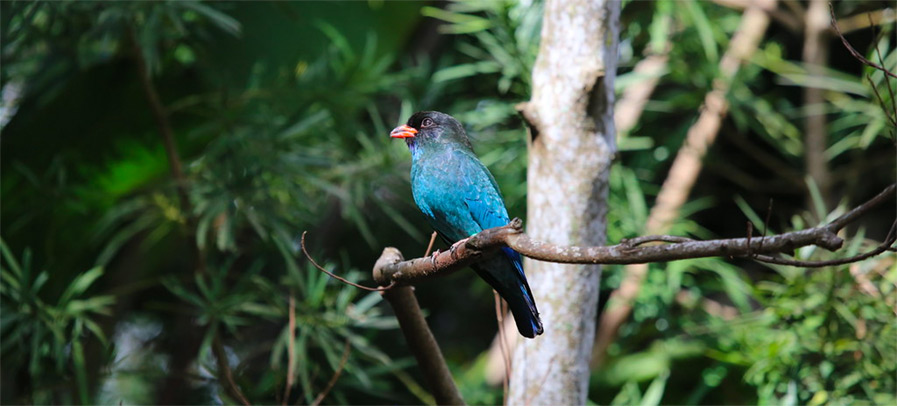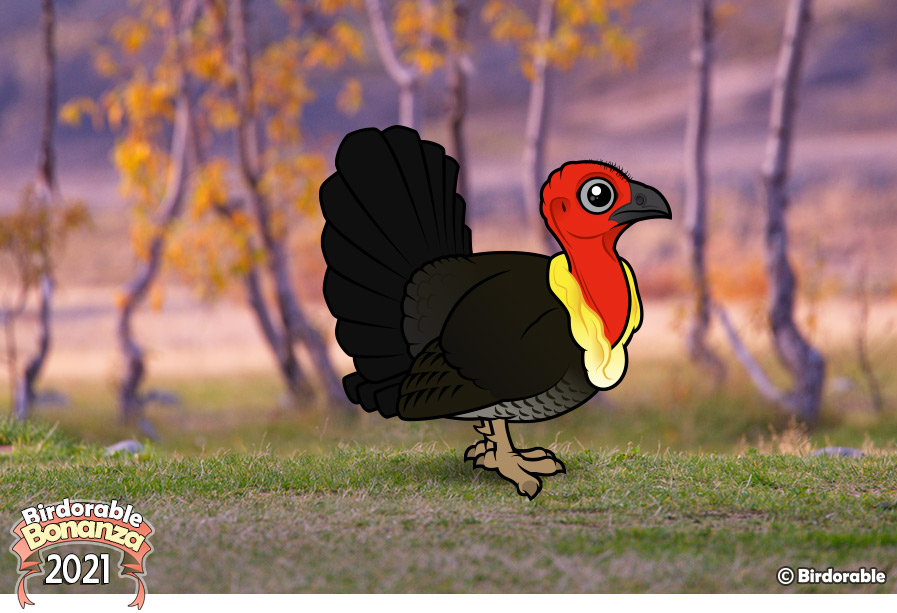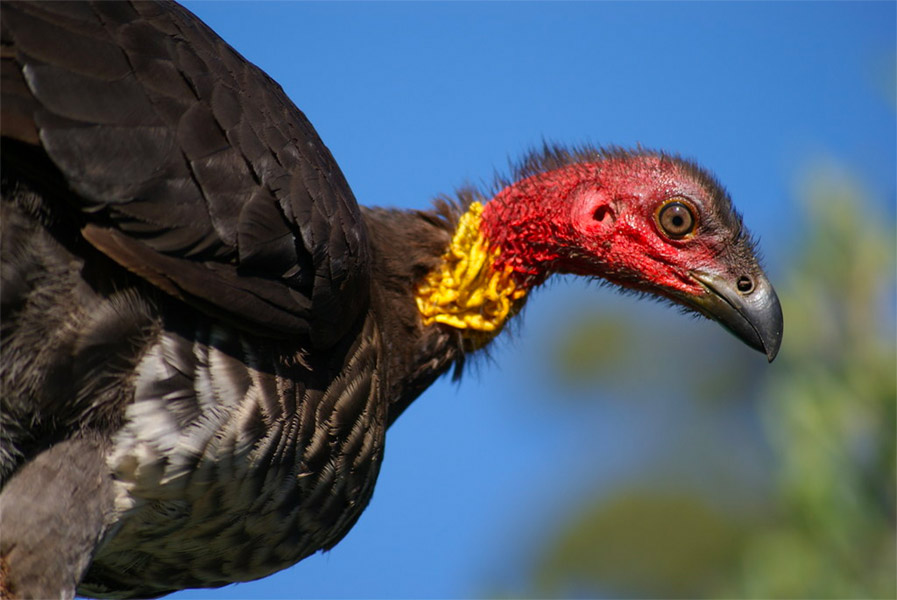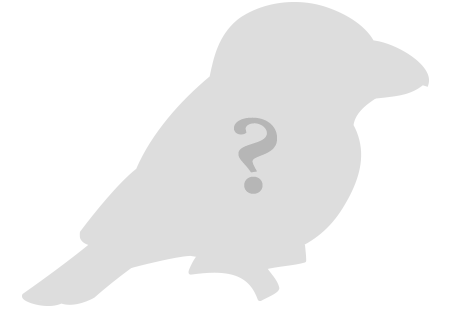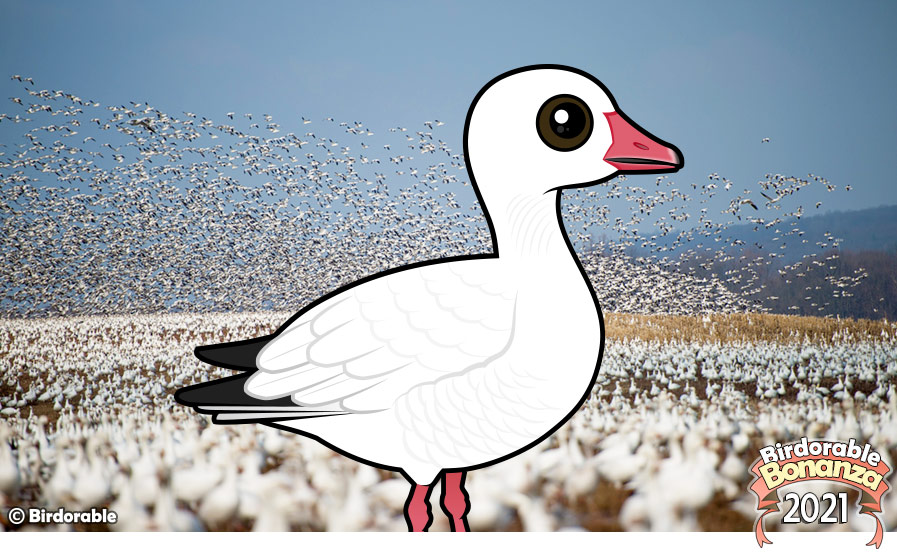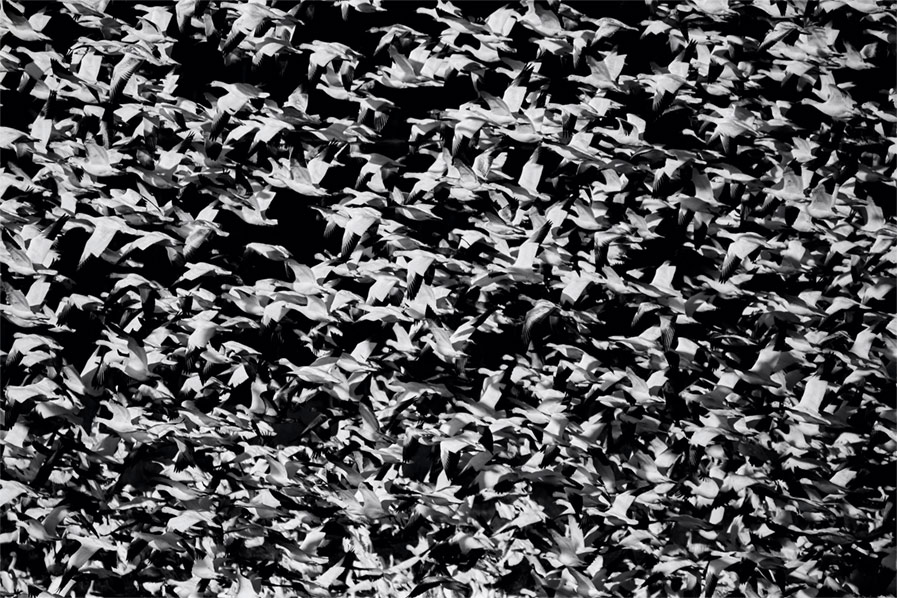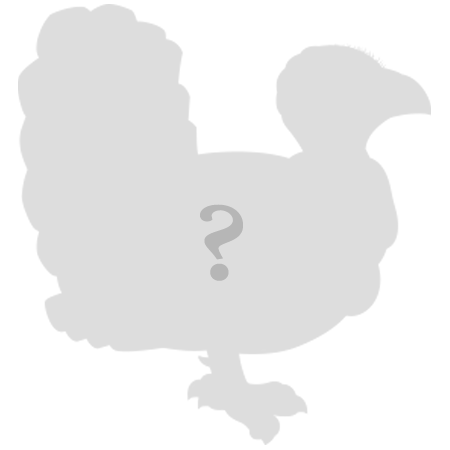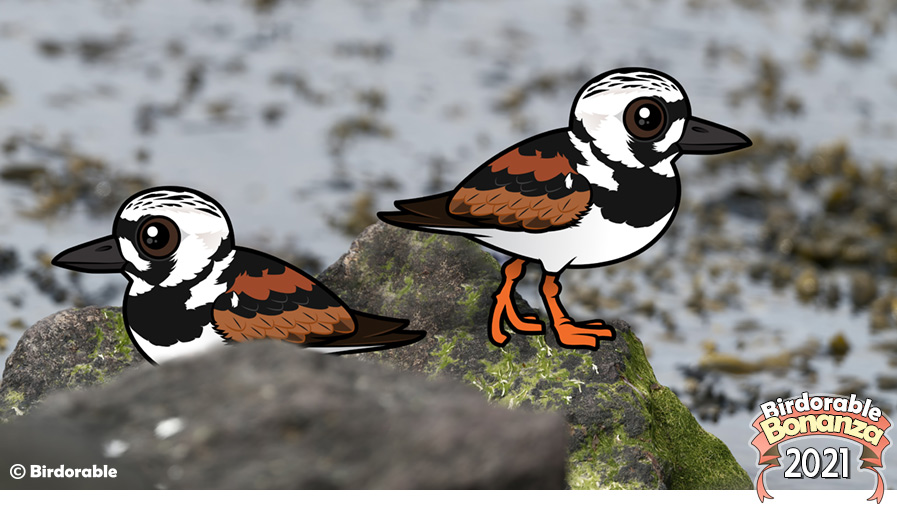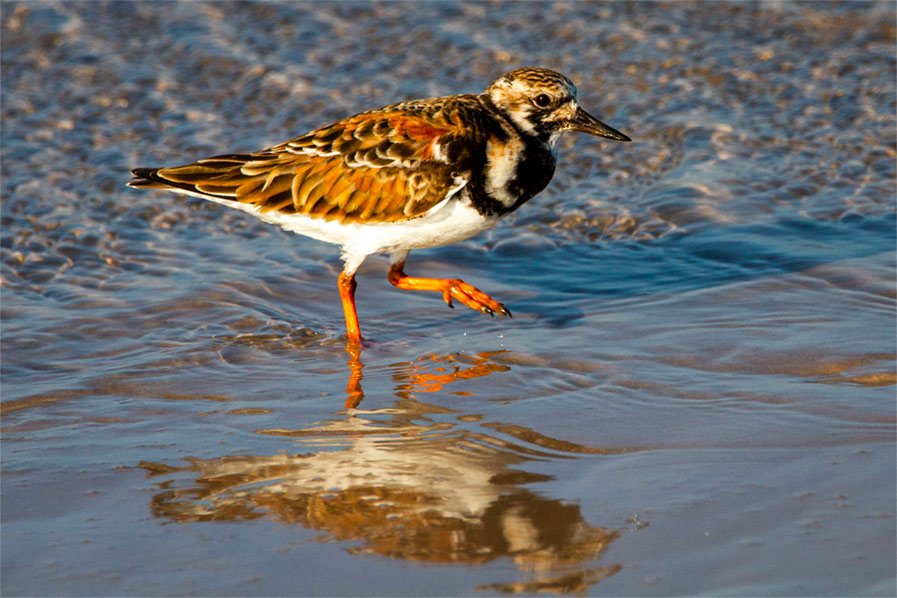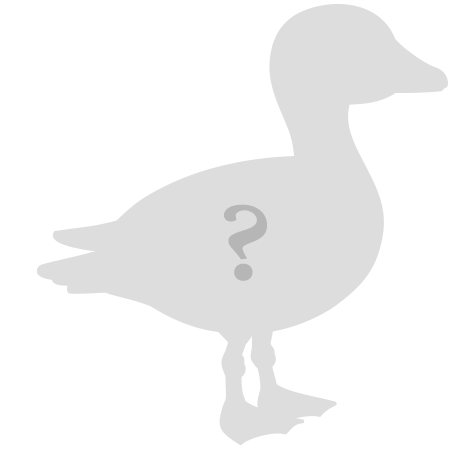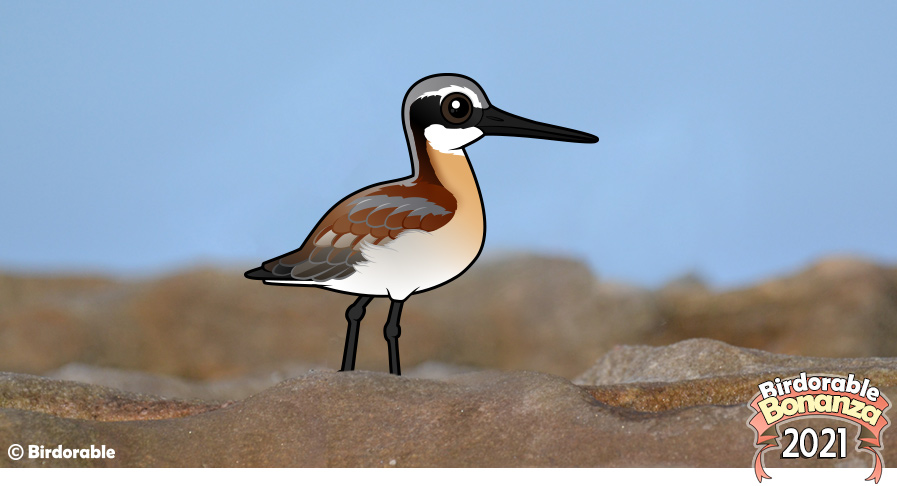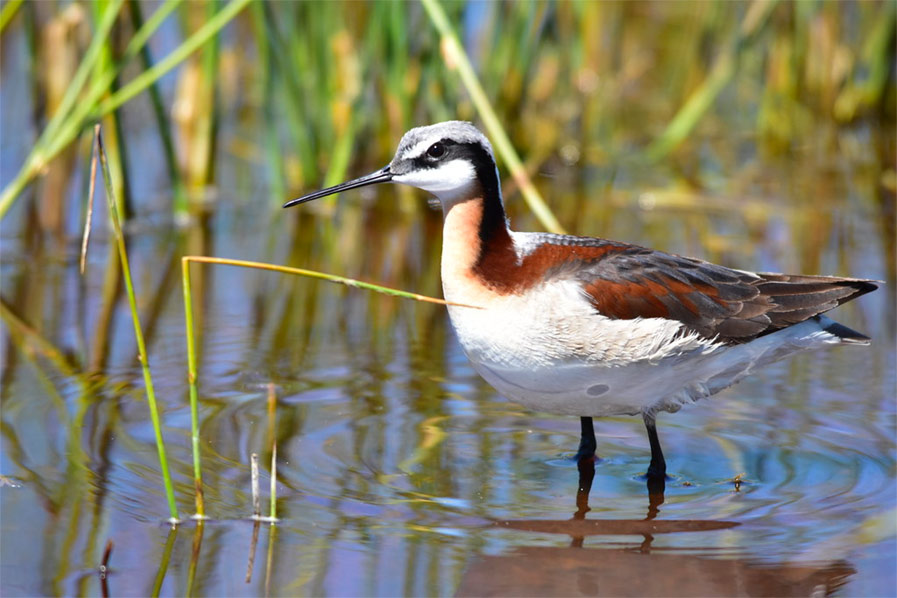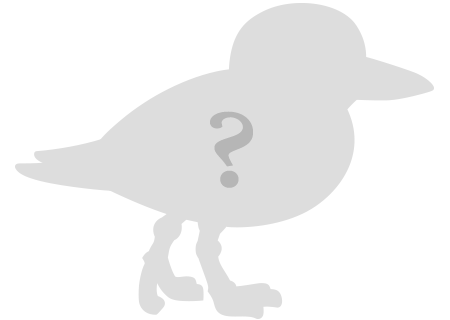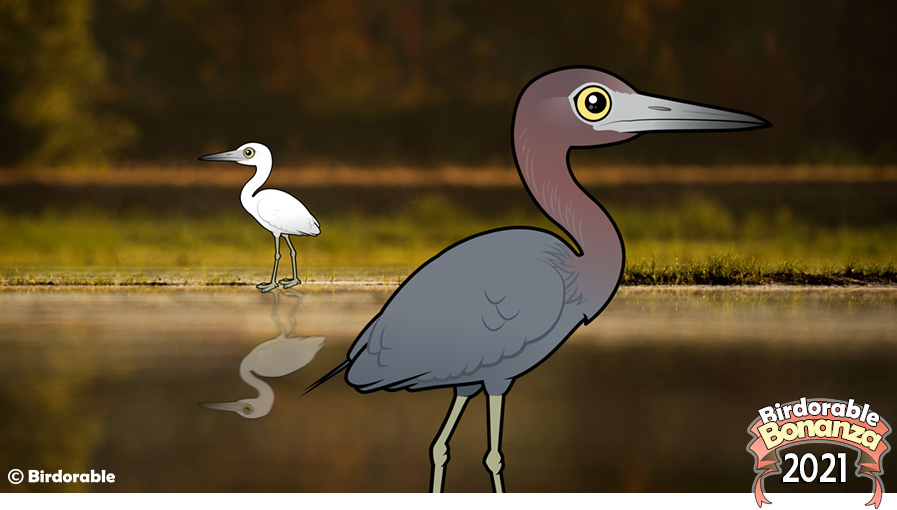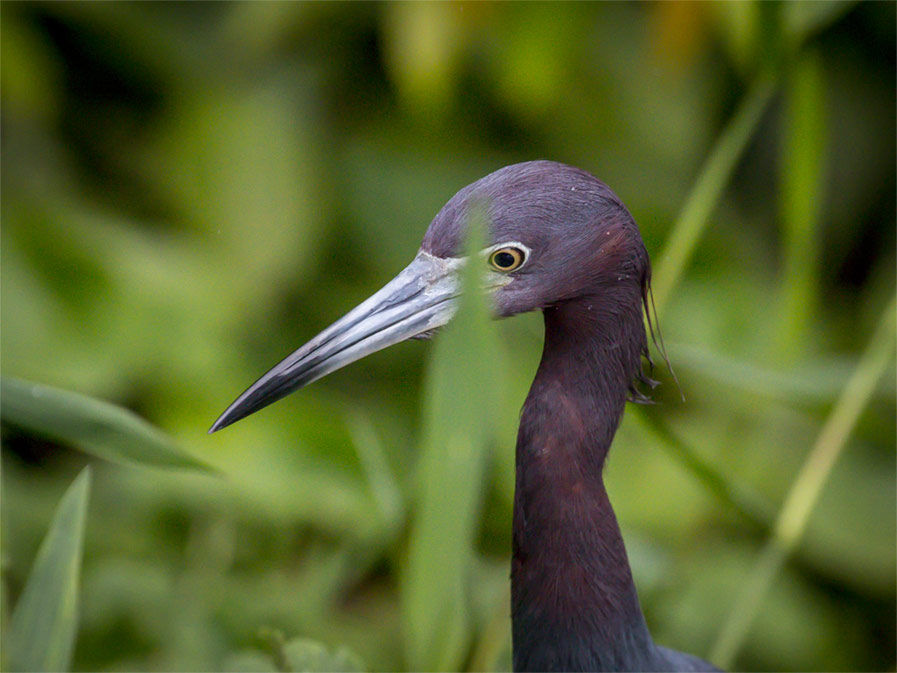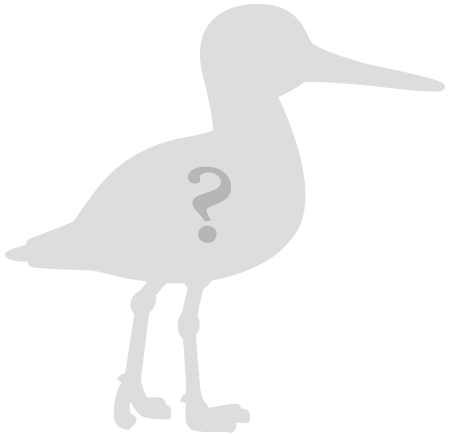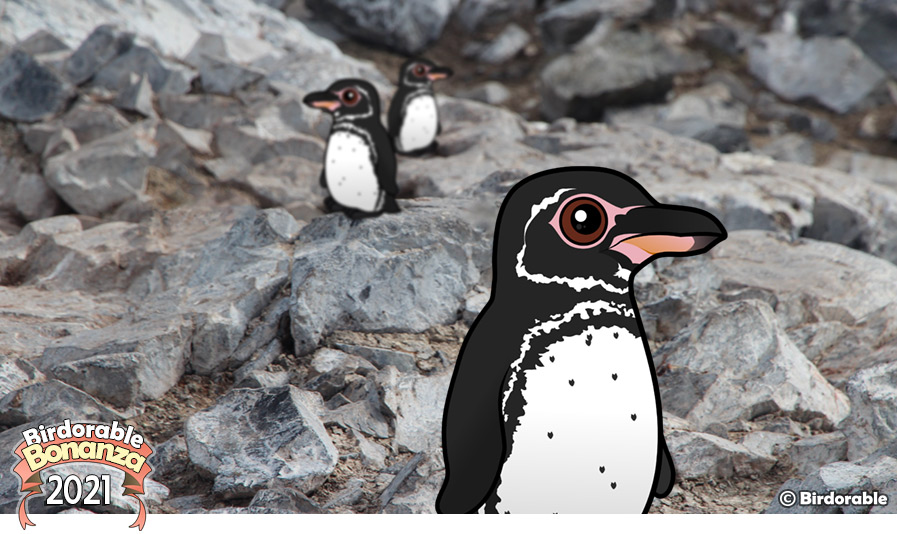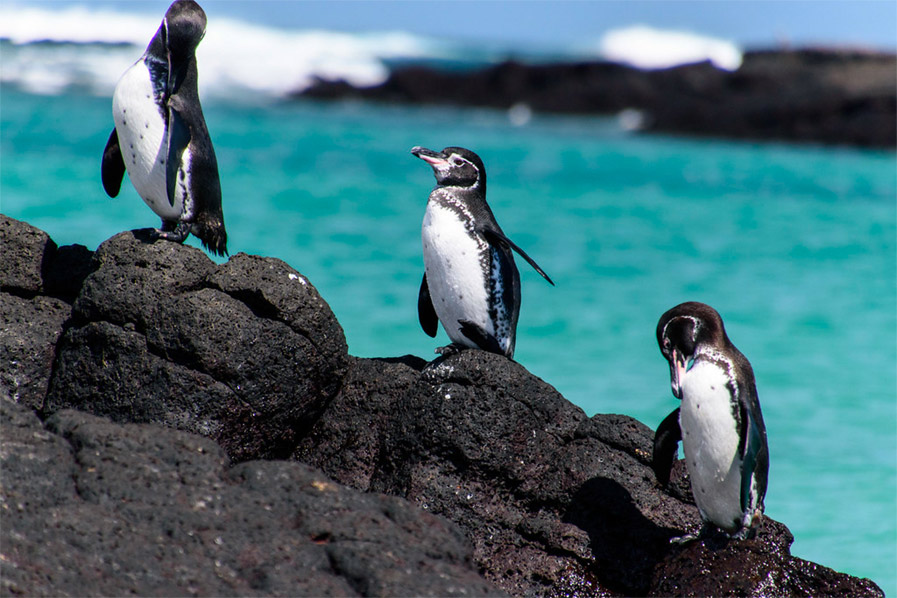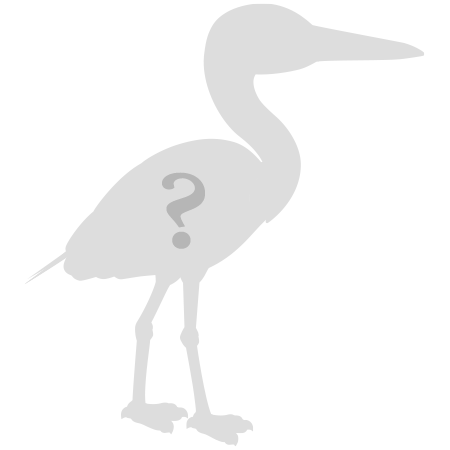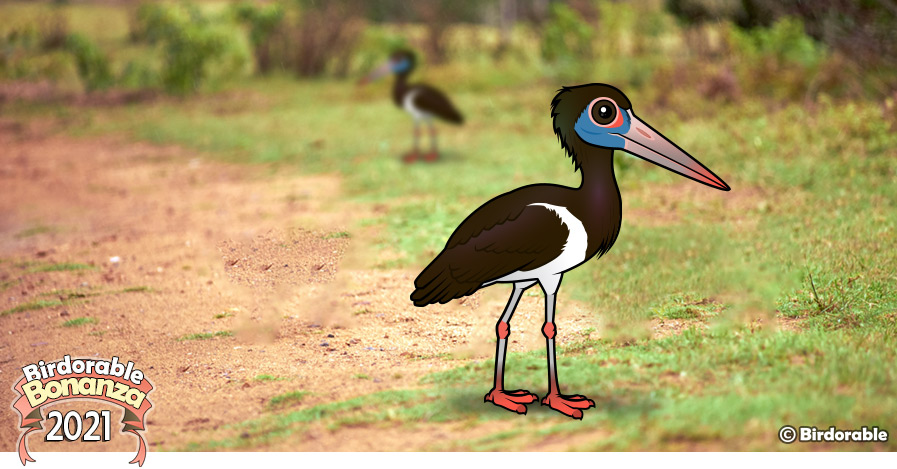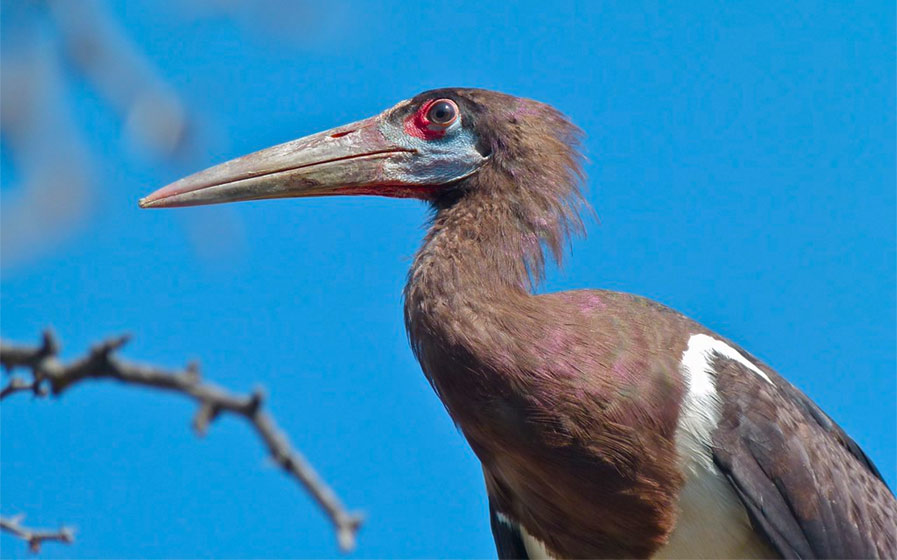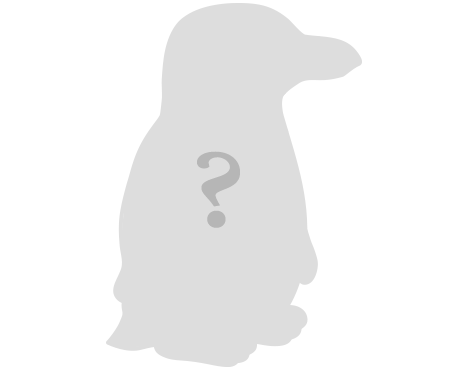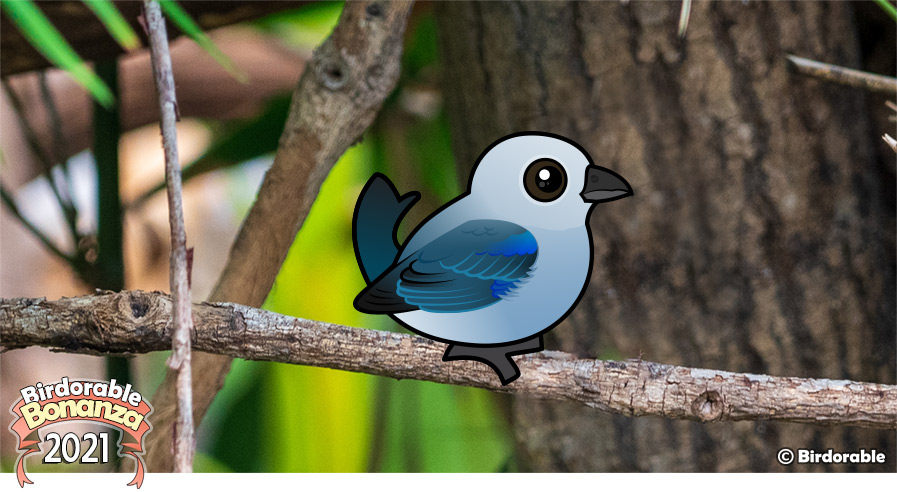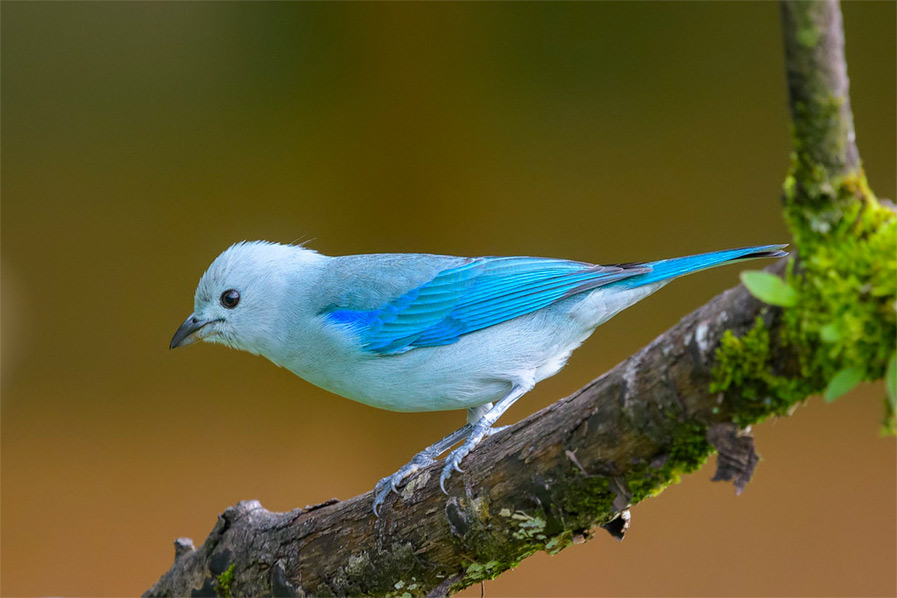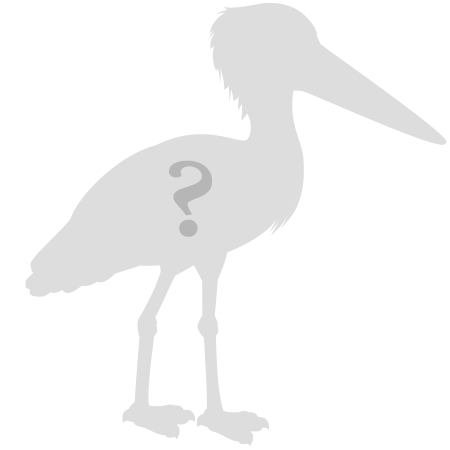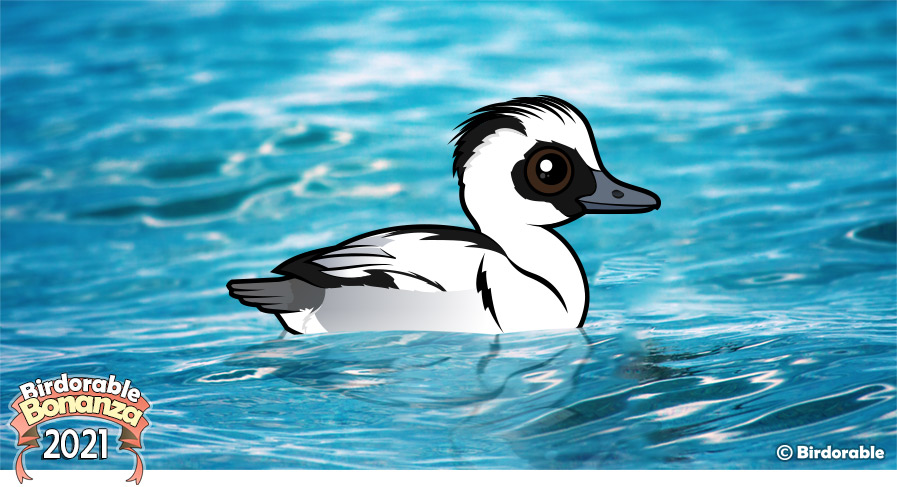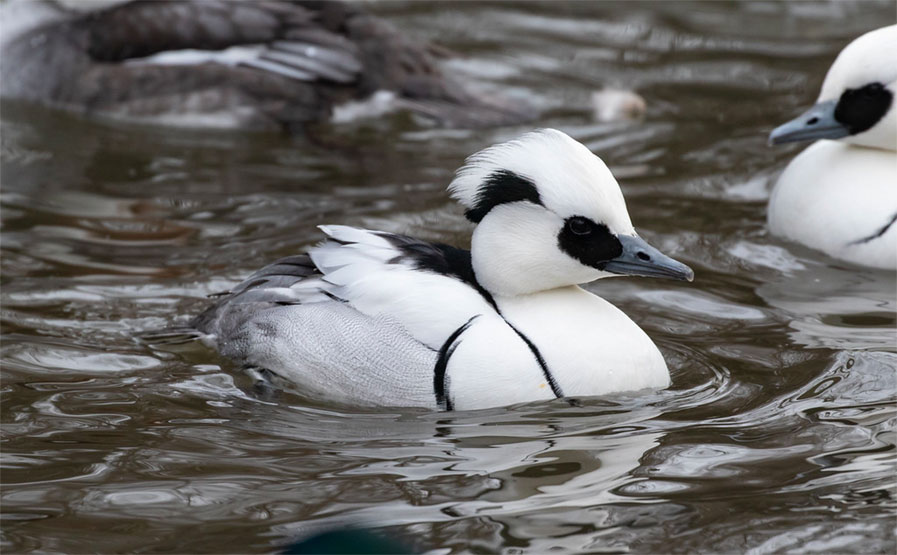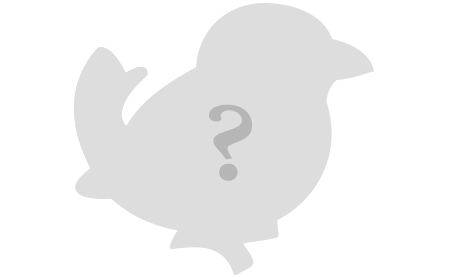2021 Bonanza Bird #11
Introducing the Dollarbird: A Unique Roller with Iridescent Charm
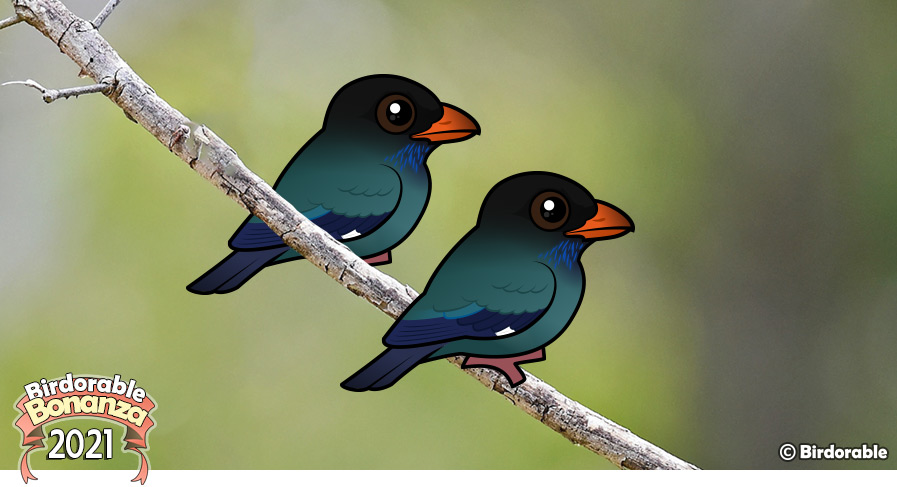
Today, we're excited to introduce the final species in this year's lineup, a remarkable bird called the Dollarbird. This fascinating species is a member of the Old World family, predominantly found throughout Eastern Asia, Southeast Asia, and Eastern Australia.
The Dollarbird gets its unique name from the distinct light-colored discs visible on its underwings, which are reminiscent of silver dollars. This striking feature makes the Dollarbird easily identifiable, especially during flight. Belonging to the Roller family, the Dollarbird is also sometimes known as the Dark Roller, highlighting its connection to the broader Roller species.
Our Birdorable version of the Dollarbird captures the bird's glossy iridescent plumage, which shimmers in various colors depending on the light and angle. Adult Dollarbirds are particularly noted for their bright orange-red beaks, adding a splash of vivid color to their overall appearance. This distinctive combination of iridescent plumage and vibrant beak makes the Dollarbird not just a visual treat but also a subject of interest for birdwatchers and nature enthusiasts.
With the addition of the Dollarbird, we conclude our 13th Annual Birdorable Bonanza. It's been a wonderful journey adding a diverse array of new birds to our collection. We hope you've enjoyed following along as much as we've enjoyed sharing these avian wonders with you. As we head into the holiday season, we wish you a time filled with joy, health, and of course, plenty of birdwatching opportunities. Here's to a bird-filled holiday season for all!
